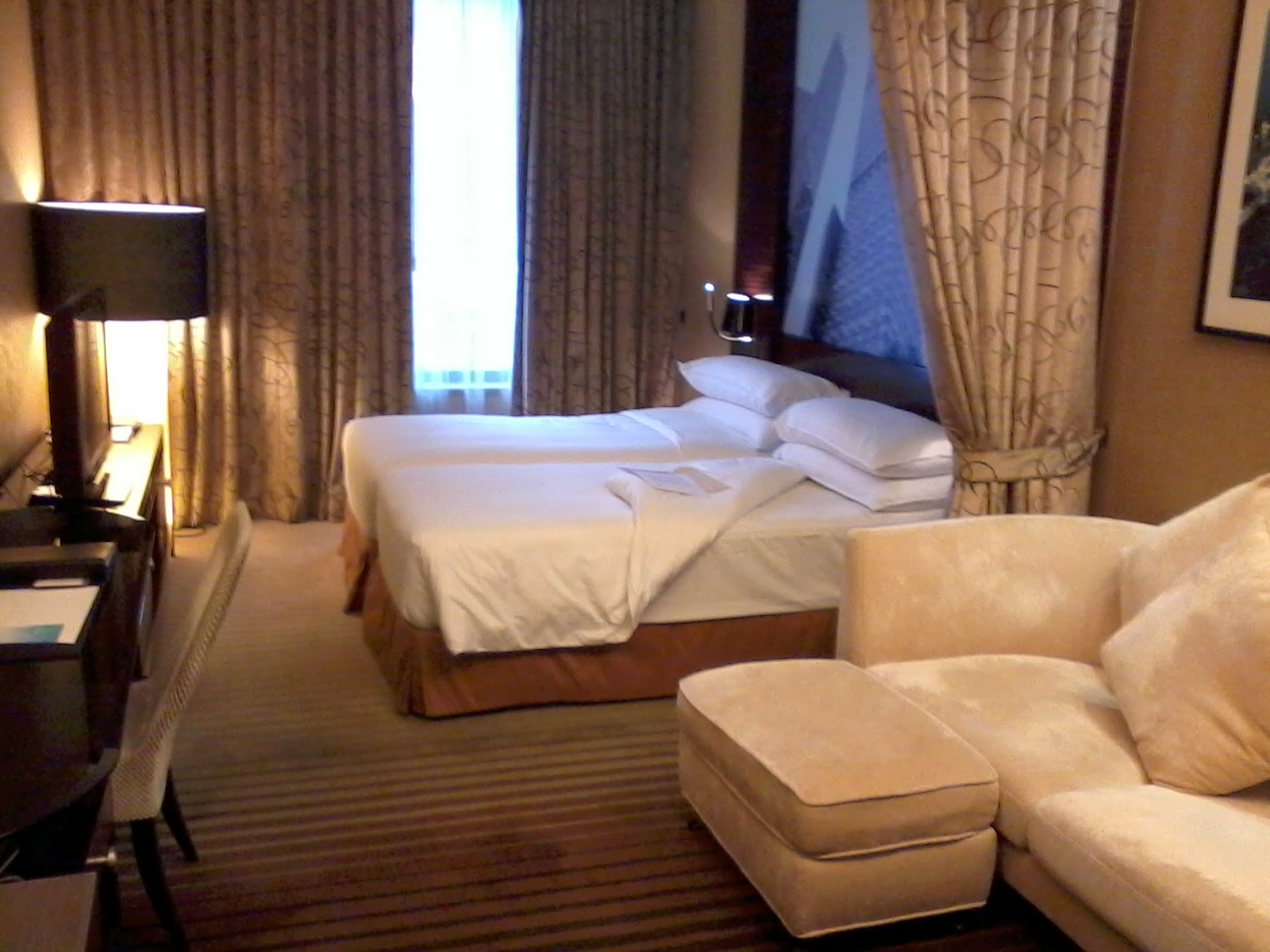Among the things that awed me in Sweden agriculture (or European agri in general), was the use of huge machineries. They have wide lands but small population and wages are very high. It is more economical to use lots of machines than people in the various phases of farm preparation, crops planting, monitoring, harvesting and hauling.
Like this huge truck, I think it is a harvester and drier at the same time. We visited a farm with about 2,200 hectares of land planted to various crops, mostly wheat and potato, and they have only about 18 workers. Even the farm owner drives one of the tractors or other heavy machineries.
Tne farmers there hardly touch the soil, the machines and tractors are reliable workers for them.
A huge tractor pulling a seed planter. Computers equally distribute the seeds dropped or planted by this red container at the back. With Trung Nguyen from Vietnam and Peter Kiyonga from Uganda.
There are also "moonlight farmers" or part-time farmers. These are people who have regular office work at day time, and they do farming when they come home, say from 6-10pm during summer. A part time farmer can be tilling around 30 hectares on average.
A tractor from a part time farmer. Usually each part time farmer has one house, one big warehouse where the harvests, some small tractors, are housed. Here with Tony Cudjoe from Ghana.
We also have few tours aside from farm visits. Below from left, standing: An (Vietnam), Orasa (Thailand), Emile (Burundi), Ani (Indonesia), Inger Ahman, seminar director (Sweden), Dorothy (Uganda), from Sri Lanka (forgot her name), Josie (also from the Philippines), Hugo (Venezuela), Nahid (Morocco), Gunasinghe (Sri Lanka). Also sitting was Jhansi (India).
One of the beautiful gardens that we visited.
Please disregard the date in the pictures. It's not 1987 but 2003. I don't remember whose camera was used in these photos.

----------
See also:



























